On December 10, 2019, CNT’s tech challenge participants presented their final project results. Students from UIC and IIT partnered with three community groups – Austin Coming Together (ACT), Community Organizing and Family Issues (COFI), and Dr. Pedro Albizu Campos High School – to answer one guiding question: Is there a high cost to being poor?
To answer this question community groups picked a topic most pressing to their community members.
Are absentee landlords a problem in Austin?
Students from the UIC Business College obtaining a Master’s in Management Information Systems chose to tackle this question.

Learning the trick to FOIA (Freedom of Information Act) the students successfully extracted records from the Cook County Assessor’s office to conduct their analysis. While one could argue the definition of “absentee landlord”, the students concluded that a landlord not living on property had precious little effect on the exterior maintenance of a building.
Do Englewood residents pay more for their utilities?
Students from IIT obtaining a Master’s in Data Science with the assistance from a UIC MUPP student sought to answer this question by taking a deep dive into water bills.
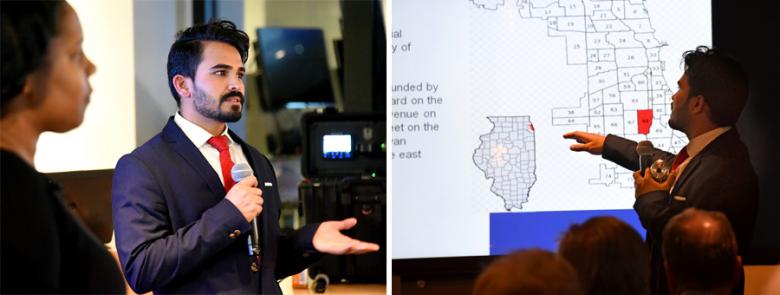
After waiting months for data, they were able to recover 35 records to do their analysis. While short on data, the students did discover that those who rented in unmetered buildings - who most likely have among the lowest income in the community – are paying much higher water bills than metered owners in the same community. A few days before their project concluded, the students received 57,000 more records, so they look forward to carrying on a better analysis next semester. Oh bureaucracy, bureaucracy.
What creates street vitality, and does it exist on Division Street?
Students from the UIC Business College obtaining a Master’s in Data Science, along with undergraduate students from UIC’s Sociology program, got their walking shoes out to address this question.
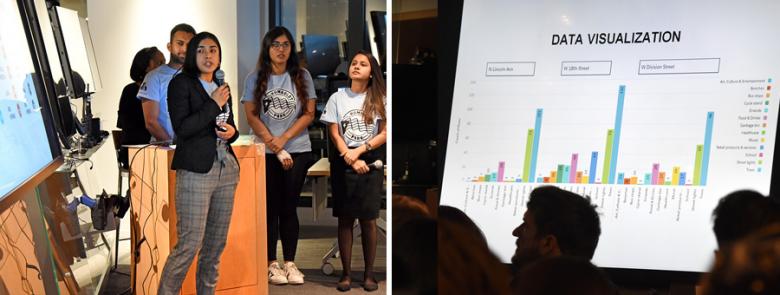
The students compared three streets to determine what vitality is, what it should like and the effects it has on the residents. Looking at everything from trees to streetlights to artwork, the students created their own index of factors to determine vitality. Students recommended that Division Street residents should offer art tours to increase walkability and a sense of safety, among other recommendations.
We at CNT are very proud of our students and their work. We know they will take their learned data collecting skills to continue analyzing and solving community issues.
Thanks to our program sponsor, Motorola Solutions Foundation, and also to Christopher B. Burke Engineering Ltd. for their sponsorship of the event.
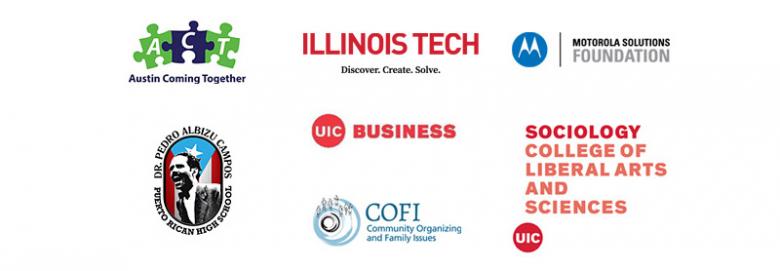


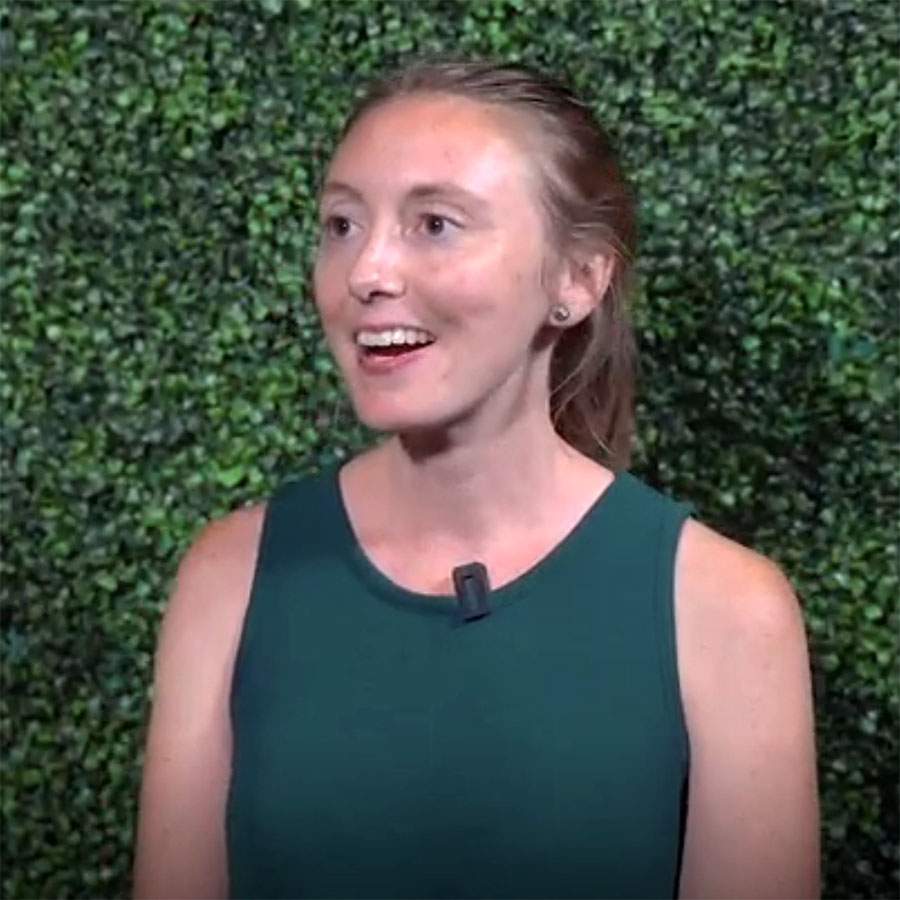
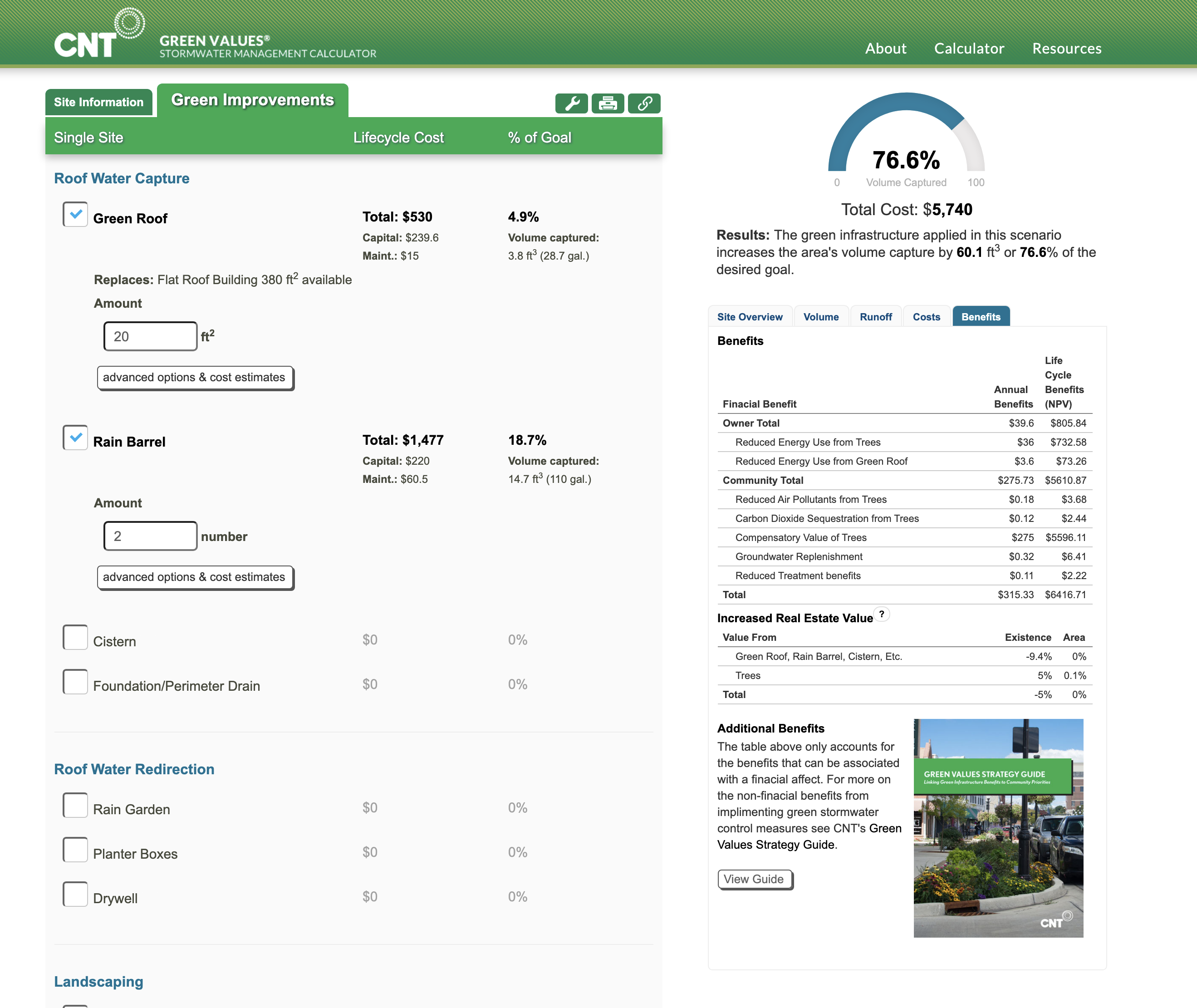

 Strengthening Transit Through Community Partnerships
Strengthening Transit Through Community Partnerships

